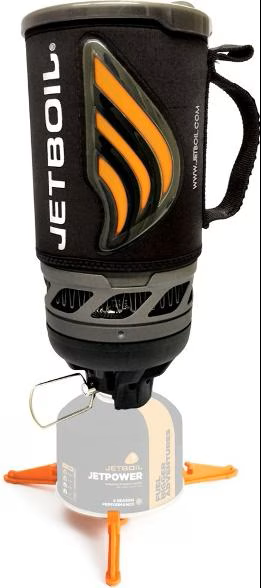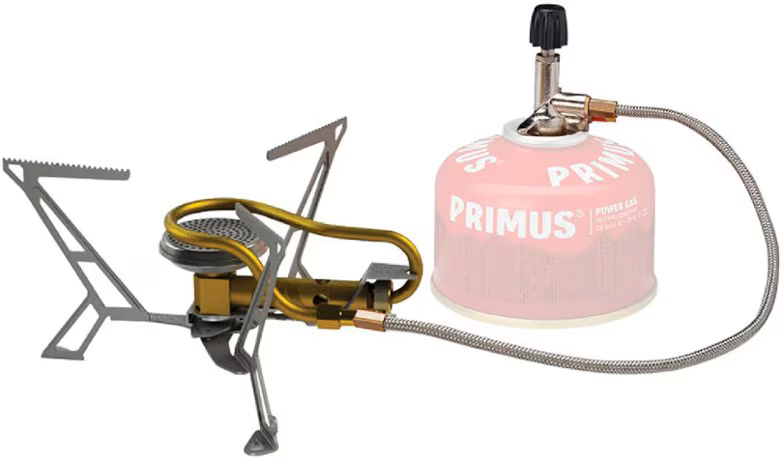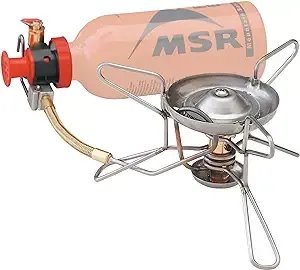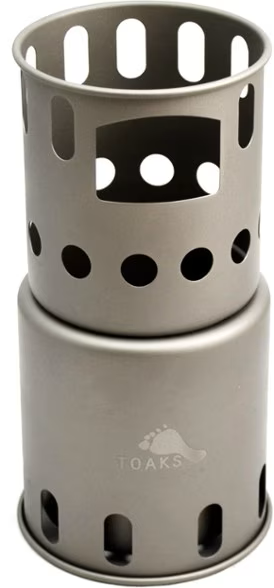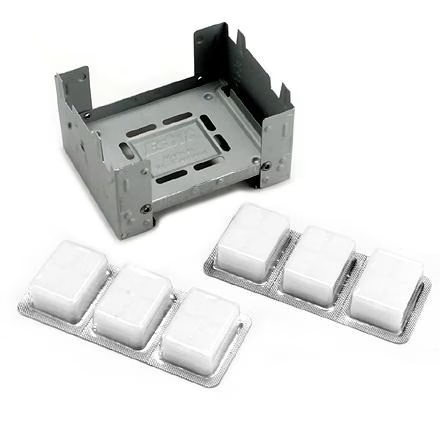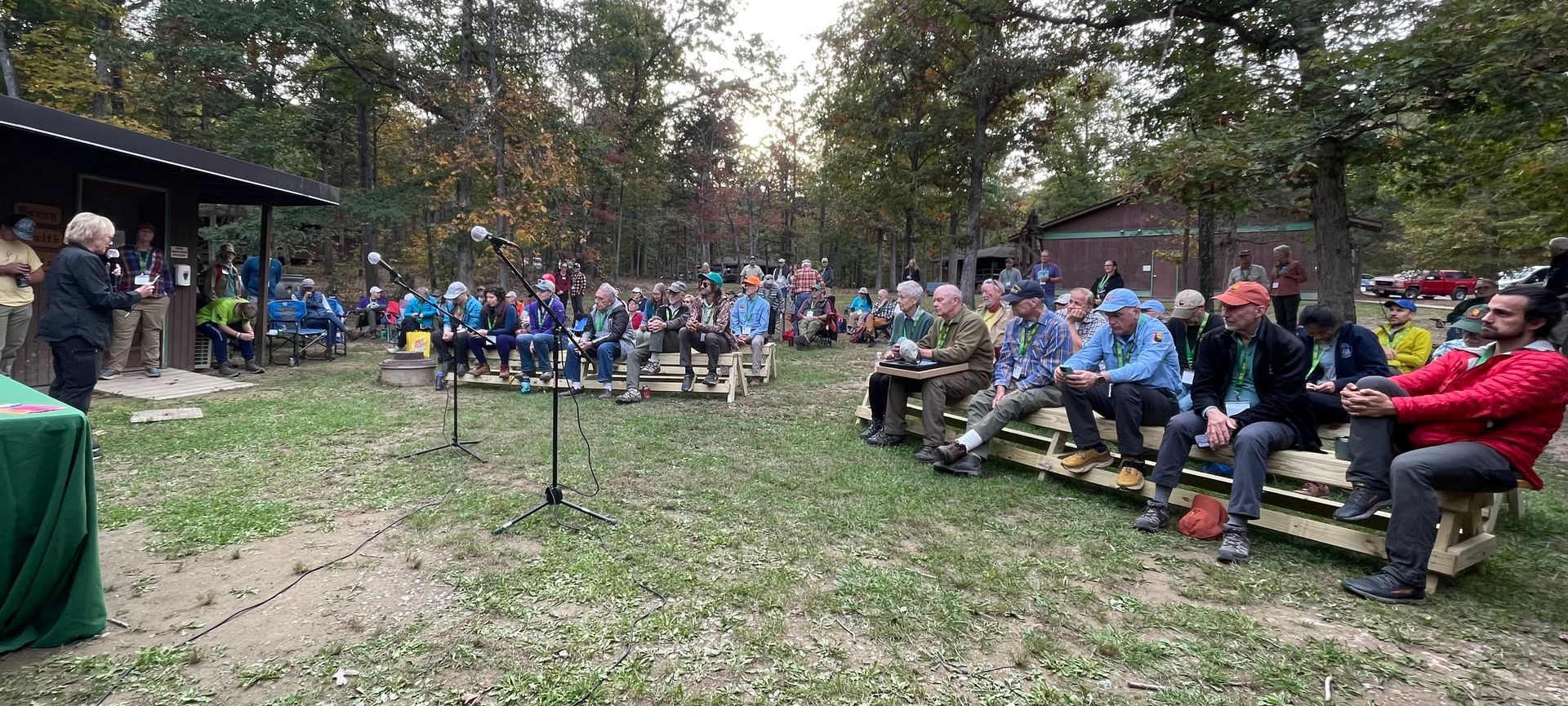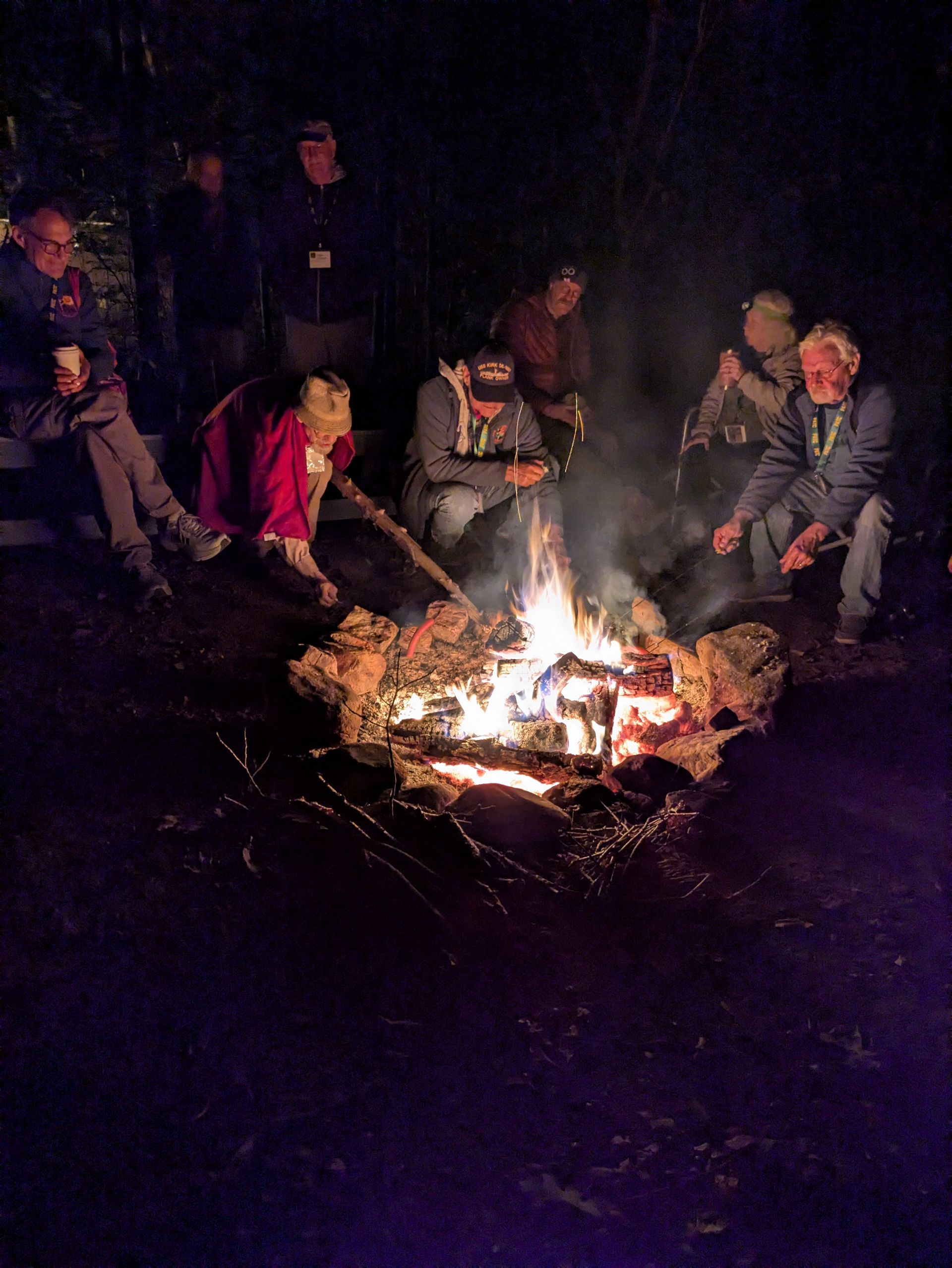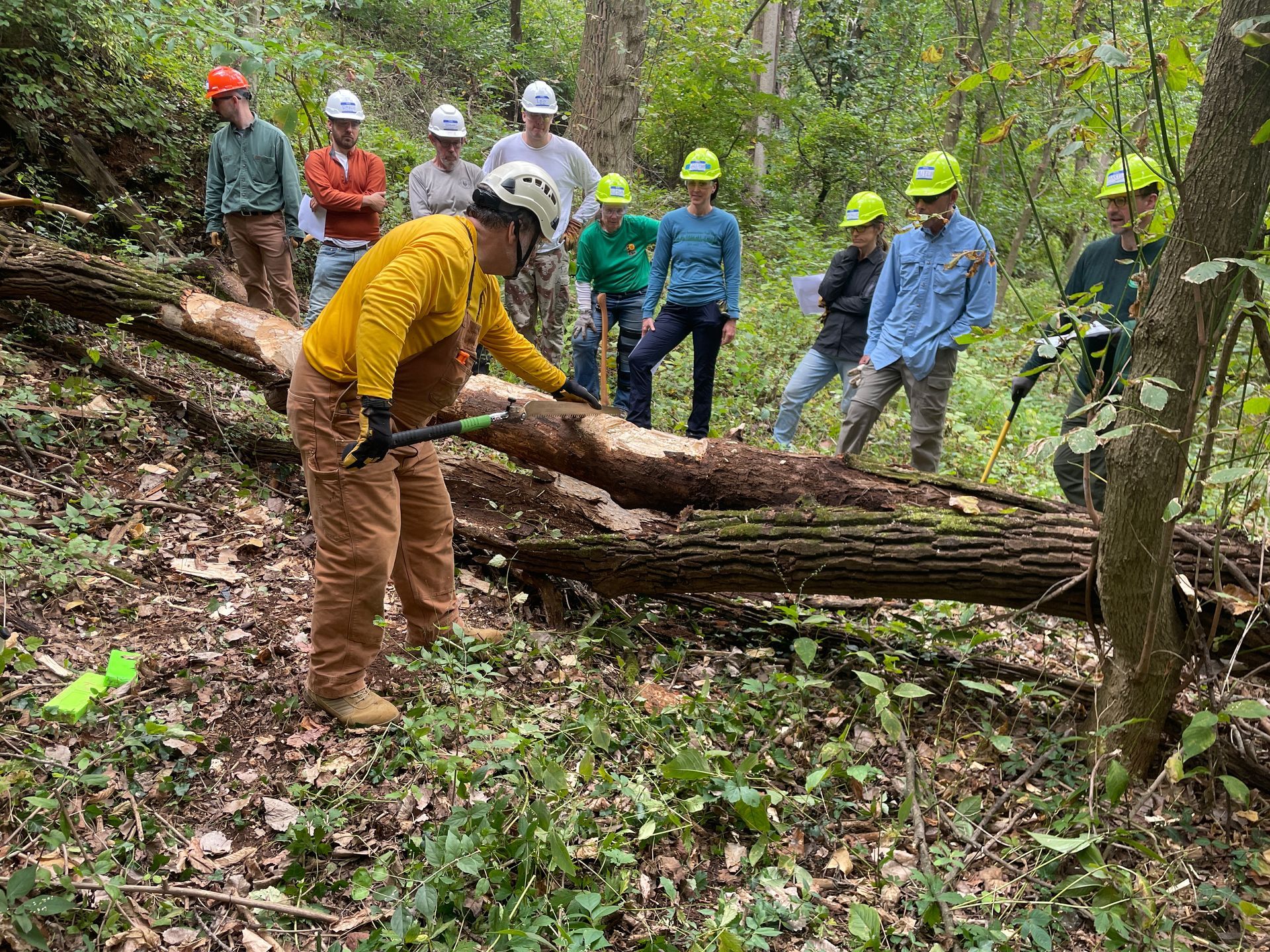Let’s face it, there is nothing better than sitting down at the end of a long day of hiking and being able to enjoy a warm meal, or waking up to watch the sunrise with a steaming cup of coffee in your hand. That is why selecting a backpacking stove is essential for any multi-day excursion. There are a handful of different options on the market, and which type of stove you decide to purchase depends on a few different factors:
-How long is your trip?
Some stove and fuel options are heavier than others, making them less desirable for longer treks.
-What is the anticipated weather/climate?
Wind and rain can be a deterrent for certain types of stoves.
-Where is your trip? (the United States or abroad?)
Some types of fuel are difficult to find outside of the United States.
-Are there restrictions or regulations regarding fires or kindling collection in your destination?
National Parks and Forests may restrict or forbid certain practices.
-Are you cooking for yourself or multiple people?
If cooking for a group of people, you may want to go with a stove that can accommodate that.
The answers to these questions will help you decide which type of stove is appropriate for your needs. Now, let’s go over the different types of stoves.
Canister Stove:
Canister stoves are user-friendly stoves that require very little maintenance and are known for their durability and easy upkeep. These stoves can weigh as little as a few ounces (oz) and some fold up small enough to fit in your pocket, making them a desirable choice for backpackers and thru-hikers. They screw onto the top of self-sealing fuel canisters containing isobutane and propane, which are typically sold separately. No priming is required, and some even have a piezo ignitor (all you have to do is turn the valve to open and press the ignitor button) below the burner. Others require you to light them with a match or a lighter after opening the fuel valve. The flame control is quite good and is generally easy to adjust on canister stoves, making them ideal for both cooking food and boiling water. Some canister stoves even have a built-in pressure regulator, which can improve performance at high elevations and in colder temperatures.
A couple of downsides to canister stoves: They can be difficult to balance on uneven surfaces and are typically too small to hold larger pots and pans, making them preferable for solo-hikers. Though the stoves themselves are lightweight, fuel can be heavy depending on how much you have to carry, and it is difficult to tell how much fuel you have left at any given time. The fuel is also more expensive than other types and can be difficult to find outside of the U.S. They should not be used with a windscreen, as it can lead to the fuel exploding. This may make canister stoves difficult to use in windy conditions.
Integrated Canister Stove:
Similar to the regular folding canister stove, these stove systems screw onto a separate fuel bottle or canister. They are taller, featuring an integrated cooking pot and lid with a built-in windscreen. They offer more stability than a folding canister stove though they are not as compact. They have a fast boil time and though some models are not ideal for cooking, many designs offer more versatility. These stoves are a great choice but do tend to be a bit heavier than their folding stove counterpart.
Remote Canister Stove:
This type of canister stove sits on its own base, which might make it more stable than other models. It also has a fuel hose that attaches to the canister. This stove packs down easily but weighs slightly more than a folding canister stove. However, some are designed to be used in cold weather and high altitudes and can support larger pots.
Liquid Fuel Stove:
Liquid fuel stoves run on white gas, which is preferable to other types of gas for several reasons. The efficient fuel burns very hot, performing well in alpine conditions, and is much less expensive compared to the fuel you would use for a canister stove. Some can even be used with multiple fuel types, such as kerosene, diesel, or in desperate circumstances, unleaded gasoline, making them an excellent choice for international trips, when you are unsure of what will be available. These stoves tend to do well on uneven surfaces and are overall easy to use. They tend to be heavier than canister stoves and do require periodic maintenance, due to the stove having many different little pieces. Most liquid fuel stoves also require priming, by igniting a few drops of fuel to preheat the fuel line. They can also run on the expensive side.
Wood Burning Stove:
Wood-burning stoves are pretty self-explanatory. They function by burning sticks and leaves that you gather in the backcountry. This makes them a nice option for longer trips because you don’t have to carry extra fuel and don’t have to worry about running out of fuel (depending on your location). There are a variety of models, including lightweight titanium and easily packable stoves. Other models boast the ability to generate enough electricity to charge your phone, making it multi-functional. The downsides to this type of stove are fairly obvious. If you are in a wet or rainy climate, it may be difficult to find dry fuel. If you are hiking in alpine environments, you may not have access to fuel. Some protected areas also prohibit the use of wood-burning or solid fuel stoves or the collection of wood/fuel.
Alcohol Stove and Tablet Stove:
Alcohol stoves and tablet stoves are very popular stoves amongst ultralight backpackers, only weighing an ounce or two. They are ideal for any length trip because you only have to carry the amount of alcohol or the number of tablets needed. These stoves also burn super quietly. Denatured alcohol is easy to find in the United States but can be difficult to find abroad and you almost always have to use a windscreen, as alcohol does not burn as hot as other types of fuel. This also means it may take longer to boil water and cook food. Some tablets may produce an odor as well. These stoves are inexpensive, and some can even be constructed at home using materials you already have.
Stove Safety Tips: No matter which type of stove you end up purchasing, there are a few things to consider when you are in the backcountry and decide to break out your stove.
-Never use your stove inside your tent or an enclosed space, as there is a risk of fire, smoke, and carbon monoxide poisoning.
-Try to find a flat surface to cook on, as you don’t want your boiling water or food spilling over.
-If your stove has a fuel line or hose, check for leaks and perform required maintenance as needed.
-If your stove has a piezo igniter or automatic ignitor, bring matches or a lighter in case it fails.
-If you’re not sure how much fuel you will need, try experimenting at home first. This will ensure you carry enough fuel with you, while not carrying unnecessary weight.
There are plenty of great options out there when it comes to choosing a backpacking or camp stove. Make sure to research the areas you’ll be hiking and traveling in before deciding on which stove is right for you and always do a test run before hitting the trail with a new piece of gear. You may find that you need more than one type of stove, depending on your goals. If you need help deciding, reach out to one of our experts here at Curated! We will happily guide you through the process of selecting the best backpacking stove for you, along with any other gear you may need.
Happy hiking!


